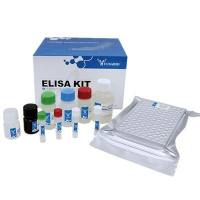Transient Expression of Functional NMDA Receptors in Mammalian Cells
互联网
互联网
相关产品推荐

Recombinant-Bovine-Short-transient-receptor-potential-channel-1TRPC1Short transient receptor potential channel 1; TrpC1 Alternative name(s): Transient receptor protein 1; TRP-1
¥15834

人过氧化物酶体增殖物激活受体α(PPAR-α)ELISA试剂盒【Human peroxisome proliferators activator receptors alpha,PPAR-α ELISA Kit】
¥2500

Recombinant-Saccharomyces-cerevisiae-Syntaxin-8SYN8Syntaxin-8 Alternative name(s): SNARE protein related to mammalian syntaxin 8 ULP1-interacting protein 2
¥11046

MKN45人低分化胃癌细胞|MKN45细胞(Human Poorly Differentiated Gastric Cancer Cells)
¥1500
![Recombinant-Mouse-Protein-lifeguard-1GrinaProtein lifeguard 1
Alternative name(s):
Glutamate [NMDA] receptor-associated protein 1
NMDA receptor glutamate-binding subunit](https://img1.dxycdn.com/p/s14/2024/1230/242/8404914010062663781.jpg!wh200)
Recombinant-Mouse-Protein-lifeguard-1GrinaProtein lifeguard 1 Alternative name(s): Glutamate [NMDA] receptor-associated protein 1 NMDA receptor glutamate-binding subunit
¥11844
相关问答

